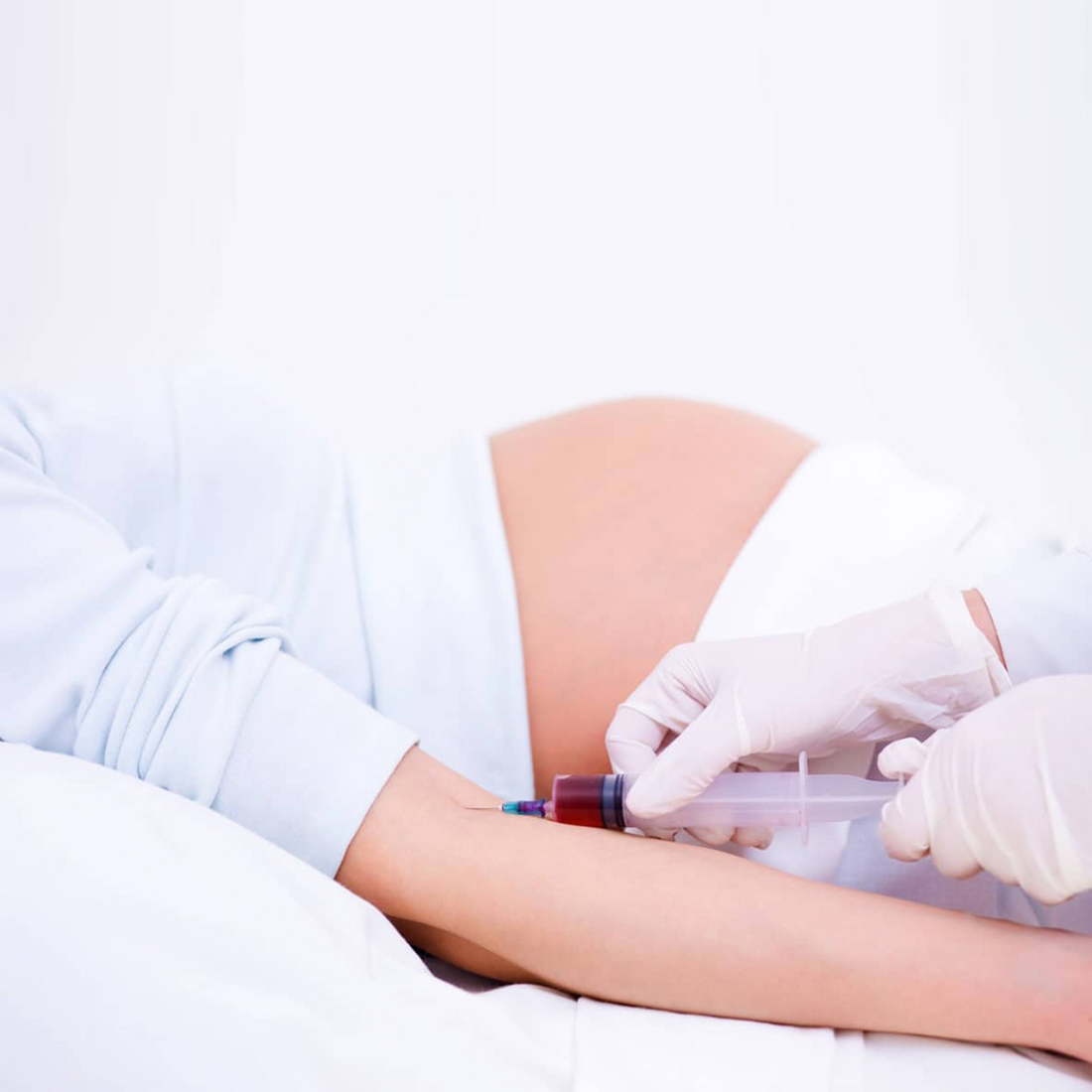LOC101927492
Understanding Loeys-Dietz Syndrome: A Guide to Diagnosis and Management
Description
Loeys-Dietz syndrome (LDS) is a rare inherited connective tissue disorder that affects individuals from birth. It is characterized by a wide range of symptoms that can vary in severity, including:
- Cardiovascular abnormalities (e.g., aortic enlargement, mitral valve prolapse)
- Skeletal features (e.g., tall stature, joint hypermobility, scoliosis)
- Craniofacial features (e.g., cleft palate, high forehead)
- Skin abnormalities (e.g., thin, translucent skin, excessive bruising)
LDS is caused by mutations in genes responsible for the production of extracellular matrix proteins, which provide structural support to the body's tissues. These mutations lead to impaired connective tissue formation, resulting in the characteristic symptoms of the syndrome.
Associated Diseases
LDS is associated with various medical conditions, including:
- Aortic Dissection: A life-threatening condition where the inner layer of the aorta (the largest artery in the body) tears, causing bleeding and potential rupture.
- Mitral Valve Prolapse: A condition where the mitral valve (which separates the left atrium and left ventricle of the heart) bulges into the left atrium, potentially causing regurgitation.
- Pulmonary Artery Aneurysms: Abnormal enlargements of the arteries that carry blood from the heart to the lungs.
- Skeletal Deformities: Including scoliosis (curvature of the spine), pectus excavatum (concave chest), and pes planus (flat feet).
- Craniosynostosis: Premature fusion of the skull bones, leading to an abnormal head shape.
Did you Know ?
Approximately 1 in 100,000 individuals worldwide is affected by LDS. However, the prevalence may vary between populations due to differences in genetic backgrounds.
Diagnosis
The diagnosis of LDS typically involves a combination of:
- Medical Examination: A healthcare professional will assess the individual's physical features and medical history.
- Genetic Testing: Specific genetic tests can identify mutations responsible for LDS.
- Imaging Studies: Tests such as echocardiograms and MRI scans can visualize heart defects and aortic enlargement.
Management
Management of LDS is tailored to the specific symptoms and associated medical conditions. Treatment may include:
- Medications: Blood pressure medications can help control aortic enlargement.
- Surgery: To repair or replace damaged heart valves or aorta.
- Genetic Counseling: To provide information about the inheritance and risk of passing the condition to future generations.
- Regular Monitoring: Regular checkups are crucial to track disease progression and ensure timely intervention.
Additional Information on Latest Research
Ongoing research continues to advance our understanding of LDS and explore potential treatment options. Some promising areas include:
- Stem Cell Therapy: The use of stem cells to repair damaged heart tissue and aortic walls.
- Gene Therapy: Utilizing genetic techniques to correct or compensate for defective genes responsible for LDS.
- Personalized Medicine: Developing tailored treatment strategies based on an individual's genetic profile and medical history.

